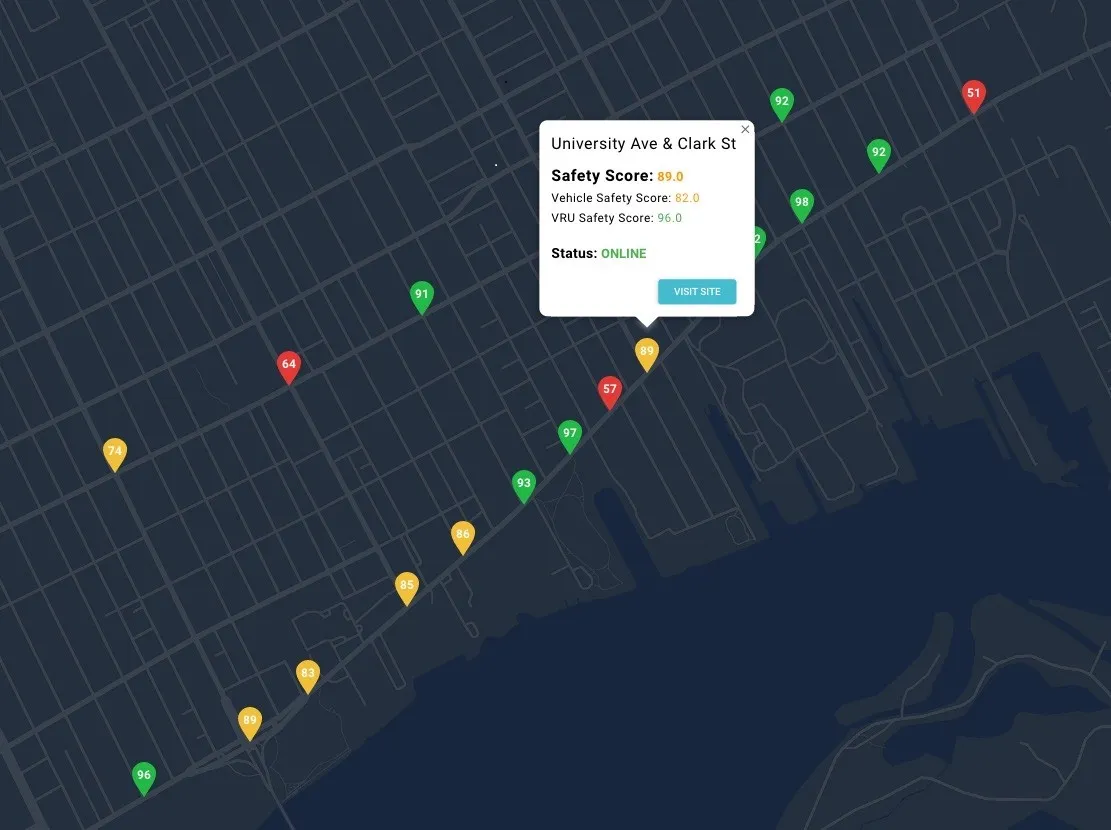
Derq has released its Automated Safety Performance Monitoring solution at TRB 2023 in Washington, DC.
Designed to help agencies prioritise safety measures on US roads, it uses safety performance metrics based on real-time identification and classification of safety events and road user behaviours, including crashes, near-misses, violations and pedestrian and cyclist compliance issues.
Derq says dashboard features create an automated safety performance scoring framework and tools, which draw from the safety and traffic insights the platform collects and generates continuously.
The metrics embedded into the dashboard-based Insight suite generate safety scores across road corridors or networks, "enabling agencies to proactively prioritise issue identification and countermeasure development as well as measure their effectiveness with short turnarounds".
“With the US Department of Transportation recognising the importance for data-driven approaches to understanding and resolving road safety issues through significant investments in programmes such as SS4A and Smart, Derq’s new safety scoring framework fills this key need by providing a unique solution to continuously measure safety performance metrics for vehicles, pedestrians and cyclists,” said Karl Jeanbart, COO and co-founder of Derq.
“Our number one priority remains to help agencies reduce the rapidly increasing number of roadway deaths to ultimately achieve their Vision Zero target.”










